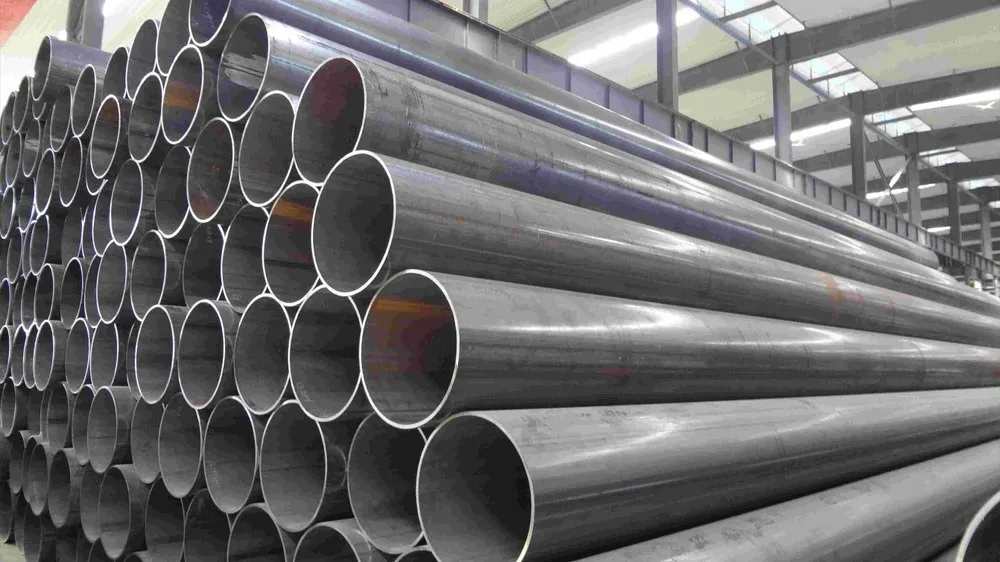
1.The first is the steel plate forming. Due to the special structure of SAWH steel pipes, thicker steel plates need to be used. Before making the steel pipe, the steel plate is first sheared, arced and bent to make it spiral-shaped, and then formed through a roller forming machine. At the same time, guide devices are installed on both sides of the forming machine to ensure the finished steel plate. The outer diameter and wall thickness can meet the requirements of the design specifications.
2.Next is the welding process. Welding generally uses submerged arc welding, specifically welding two steel plates inside a spiral steel pipe to form an "S" shaped weld. When welding, it is necessary to ensure the distance between the arc and the weld, and control welding parameters such as current, voltage, and swing amplitude to ensure that the weld is strong and dense. Due to the long length of the steel pipe, it is necessary to use the state of the two sections before and after welding as the reference point, and perform the welding operation in accordance with the principle of seamless connection. In order to improve the welding quality, it is necessary to perform operations such as front-end back swing, rear section forward swing, rear half forward swing, and front half reverse swing in accordance with the specifications.
.png)
3.The third step is non-destructive testing. Non-destructive testing of steel pipes is carried out through ultrasonic, ray and other processes to eliminate problems such as welding defects, structural defects and surface defects. Only steel pipes that pass the test can proceed to the next step of the process.
4.The fourth step is coating. Steel pipe coatings protect them from damage such as corrosion, oxidation, UV exposure and mechanical scratches. The coating needs to ensure uniform, complete, beautiful, durable, environmentally friendly and other characteristics to extend the service life of the steel pipe. Common coatings include epoxy, powder coating, polyimide, zinc-based, etc.
.png)
5.The final step is quality testing. Various tests are carried out on steel pipes to ensure that their correct size, weight, density, material, coating thickness, strength, toughness and other properties meet the required requirements.